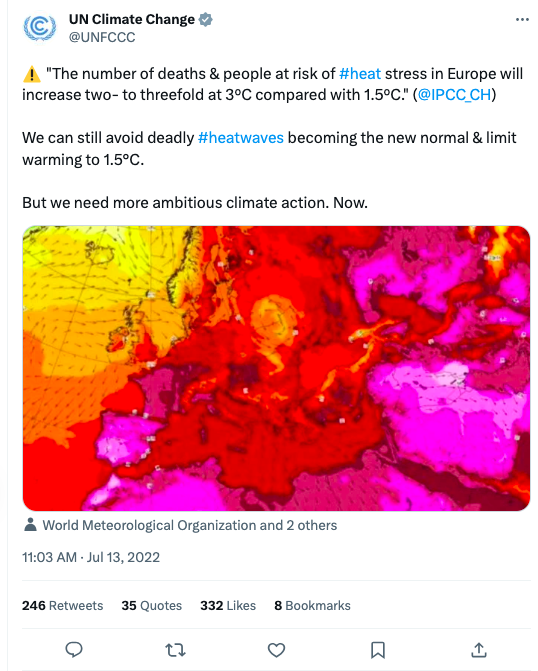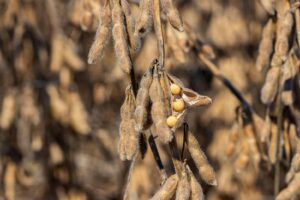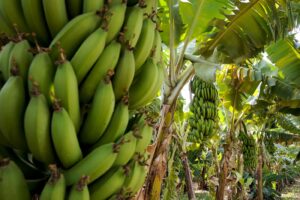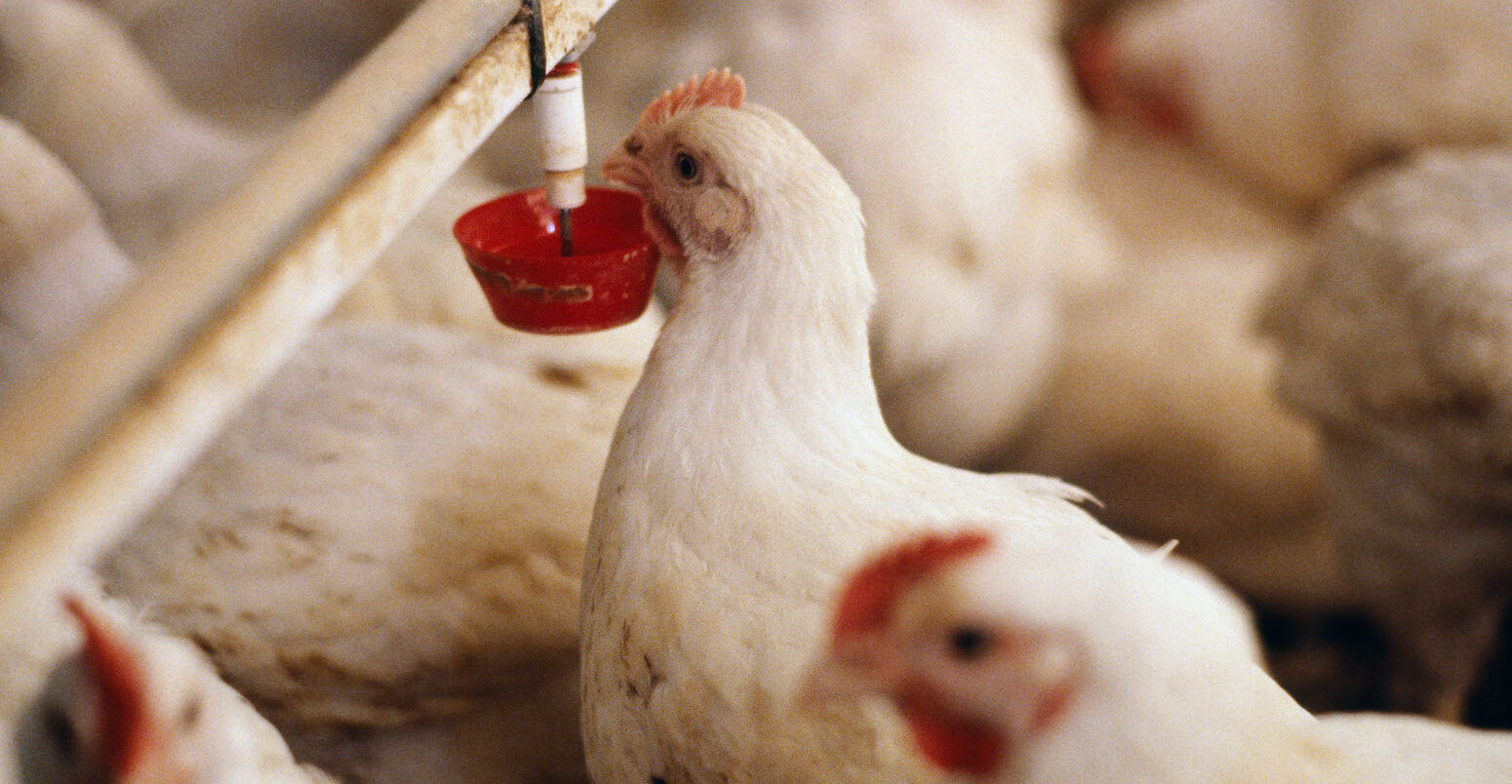
Revealed: Thousands of chickens in transit died from heat stress on day UK hit 40C
Orla Dwyer
08.02.23Orla Dwyer
02.08.2023 | 12:36pmAlmost 10,000 chickens died from heat stress en route to a slaughterhouse on the day UK temperatures hit 40C for the first time.
Soaring temperatures triggered widespread fires and disruption in July 2022 as the UK experienced its hottest year on record.
New data obtained by Carbon Brief reveals that thousands of chickens – and more than a dozen pigs – died during transportation to slaughterhouses in England and Wales last summer due to heat-related stress. This marks a dramatic increase compared to the same period in 2021.
In one incident, transported pigs showed “cannibalistic behaviours” and “threw bites into the eye region” of an animal that had died of heat stress.
Several experts tell Carbon Brief that more adaptation is needed to help animals deal with soaring temperatures, as the world continues to warm.
Heat impacts
In the UK, more than 1m chickens died while being transported to slaughterhouses between 2016 and 2017. In the US, more than 20m farm animals – mostly chickens – die this way each year.
These deaths are caused by a number of factors, including poor ventilation, long journeys and high temperatures, according to researchers at Michigan State University.
Livestock can also experience stress due to high relative humidity and lack of shade and wind.
Pigs and chickens – neither of which can sweat – face difficulties cooling down on hot days. This can be exacerbated by cramped transportation conditions.
Prof Philip Thornton, an emeritus fellow of the International Livestock Research Institute, says that, as temperatures rise, more care is needed in transporting animals. He tells Carbon Brief:
“Once you get to upper 20s or lower 30C temperatures – in combination with relative humidities that are very high – even if it doesn’t kill animals, it can have a big impact on production.”
Thornton co-authored a 2022 study modelling different emissions pathways to assess the impacts of heat stress on cattle production. It found that heat stress will reduce meat and milk production, while adaptive measures will drive up production costs.
Data from the Food Standards Agency (FSA), which is responsible for compliance of slaughterhouses in England and Wales, shows thousands of “dead-on-arrival” cases – livestock that died on the way to the abattoir – last summer.
Data released to Carbon Brief under the Freedom of Information Act reveals that from June to August last year, more than 18,500 chickens died in transport due to heat stress – compared to just 325 deaths in the same time period in 2021.
On the day UK temperatures hit 40C for the first time, 9,640 “broilers” – chickens raised for slaughter – died in a single journey. Another incident on one day in August recorded 6,806 deaths.
The chart below shows the spike in heat stress deaths of chickens in July 2022.
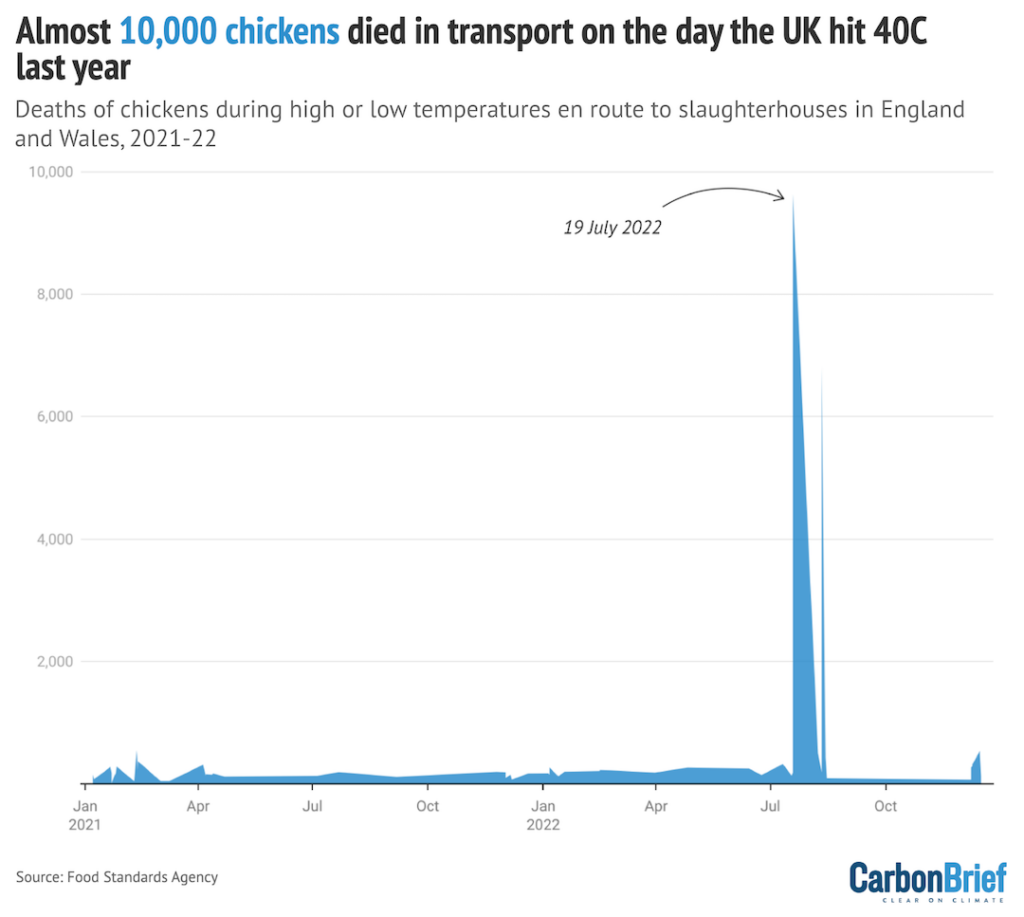
Several thousand broilers also died during colder months in England and Wales over the course of the past two years.
These figures provide a snapshot of the situation and do not represent the full total. Several reported incidents did not include an exact figure for the number of livestock deaths, instead including a percentage of deaths relative to total animals in a transport load or listing no figure, particularly in 2022.
‘Cannibalistic behaviours’
Pigs are also dying from heat stress and hypothermia while in transit, the figures show.
In one incident during the UK heatwave last July, pigs showed “cannibalistic behaviours” towards an animal that had died due to heat stress. The description of the incident says a pig was found dead “with its eye sticking out and losing some blood on the lorry”.
It adds that after the animal died due to “heat stress or other internal reasons”, the other animals “threw bites into the eye region” and removed the eye from its socket.
Prof Bruno Silva, a professor of swine nutrition and environmental adaptation at the Federal University of Minas Gerais in Brazil, says cannibalism can sometimes be seen in pigs, but it is an “unnatural process”. He tells Carbon Brief:
“Whenever a pig shows cannibalism, it’s because something is wrong – something is not right within its environment.”
He adds that it is “part of a social behaviour of pigs” to remove sick or dying animals from a group, saying:
“We tend to see this sometimes within the group, they will try to isolate this animal or even sometimes they will attack this animal. This is something that can happen on a normal basis.
“But inside the truck [with] this stress caused by the whole transportation process, if you have heat stress or increasing temperatures inside the truck associated with the high metabolic heat production of this animal, this could trigger a more violent behaviour.”
Summer 2022 heat
Last summer was “without question” one of the UK’s “hottest and driest summers overall”, Dr Mark McCarthy, the science manager of the Met Office’s National Climate Information Centre, wrote in a Carbon Brief guest post last September.
A recent Met Office report further said that 2022 will be “considered a cool year” by the end of this century under a medium-emissions pathway. And a rapid-attribution study found that the record-topping July 2022 heatwave was made at least 10 times more likely due to climate change.
The map below shows weather stations across the UK that reached their highest temperature on record in July 2022 (red dots), as well as weather stations that did not surpass their temperature records last summer (black).

A Department for Environment, Food and Rural Affairs (Defra) spokesperson tells Carbon Brief:
“We are acutely aware of the potential risks that hot weather creates for animals. The Animal and Plant Health Agency closely monitors weather forecasts and issues guidance to all authorised transporters advising on key actions that can be taken when transporting animals to help mitigate its impact.
“It is the responsibility of the transporter to ensure the health and welfare of the animals they transport and to have contingency plans in place.”
Following the record-hot summer last year, the FSA developed internal guidance to formalise communication, monitoring and reporting procedures for animal welfare during extreme weather events.
This guidance, released to Carbon Brief through a Freedom of Information request, says that there may be “additional challenges” for anyone involved in organising an animal’s journey during “extreme hot or cold weather, precipitation, floods or droughts”.
The guidance sets out a process for actions that should be taken when the Met Office issues amber- or red-alert warnings.
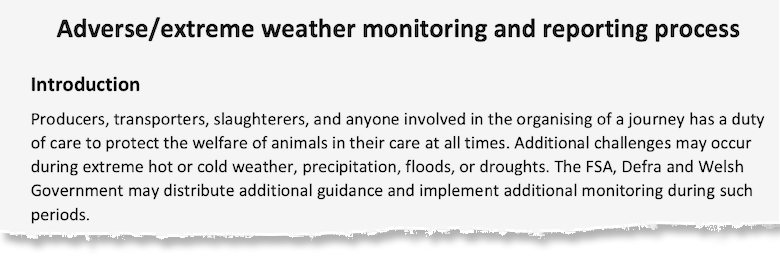
Industry impact
Heat stress “not only causes suffering and death” in poultry, but also “reduced or lost production that adversely affects the profit from the enterprise”, a 2005 Defra report says.
The report notes that the catching, loading and transport of chickens creates “particular risk” of heat stress at times of high ambient temperature or high humidity.
Prof Carl Schmidt, a genome scientist at the University of Delaware who has researched heat stress in chickens, says that at sufficiently high temperatures, animals can experience heatstroke – “and, certainly, 40C is sufficient”, he adds, telling Carbon Brief:
“I think a lot of how we deal with this [while] continuing to provide meat production is to increase the ability of chickens to withstand the heat stress.”
Unlike other livestock, such as cattle and sheep, pigs and chickens are not able to sweat to cool down. They instead rely on panting.
However, panting has a “high metabolic cost” for the pigs, Silva explains. This means the animal generates even more heat as it pants. He tells Carbon Brief:
“For tropical and subtropical regions, which are basically heat stressed the whole year, we see that these animals suffer to cope with these high temperatures.”
Adaptation
Thornton notes that livestock deaths during transportation will continue to be an issue as temperatures rise, even in countries with previously temperate climates. He says:
“Even if greenhouse gases decline in the future, which has to happen one way or the other, increased heat stress is going to be a fact of life at least for the next 20, 30, 40 years, and so adaptation needs are going to be really important.”
The world will continue to get hotter in the next two decades “in nearly all considered scenarios and pathways” for greenhouse gas emissions, according to the most recent synthesis report from the Intergovernmental Panel on Climate Change.
Thornton says cold weather deaths are also an issue, as evidenced by the data showing thousands of chickens and dozens of pigs dying during colder months. But he adds:
“In a country like the UK with a temperate climate, even as it’s warming, I think most livestock-production systems would be fairly well adapted to cold conditions.
“For the future, heat stress is likely to have much more potential for impact than the colder snaps.”
A 2022 review paper found that, without effective adaptations, the EU pig sector will be vulnerable to climate change in the form of both reduced animal production and higher production costs.
There are a number of ways in which chickens can become more heat-resilient, Schmidt says. For example, chickens with featherless necks or feathers that project upwards instead of lying flat are better able to deal with high temperatures, he notes, adding:
“I think that we’re going to have to figure out how to deal with [the heat stress] if we want to provide a dense protein resource to people.”
Studies and examples from warm climates show other ways to help livestock deal with high temperatures – such as providing shade, improving trailer ventilation and wetting an animal’s skin to increase heat loss.
Silva says that other changes are needed to ensure animals can better cope with a hotter climate, adding:
“The industry has to reconsider the way we raise pigs with this increasing global temperature.
“[The sector is] looking towards genetic selection for more efficient animals. More efficient animals are animals that produce more heat.
“We have to adapt our facilities, we have to adapt the environments if we want to keep up with the genetic progress and allow more efficiency in the process.”
-
Revealed: Thousands of chickens in transit died from heat stress on day UK hit 40C


